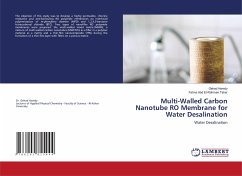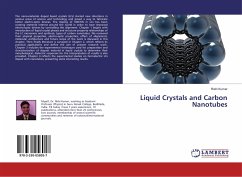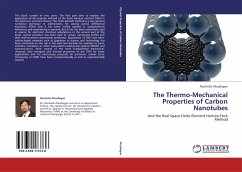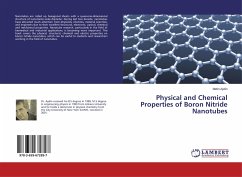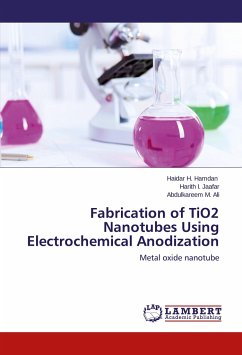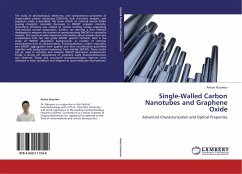
Single-Walled Carbon Nanotubes and Graphene Oxide
Advanced Characterization and Optical Properties
Versandkostenfrei!
Versandfertig in 6-10 Tagen
39,99 €
inkl. MwSt.

PAYBACK Punkte
20 °P sammeln!
The study of photophysical, electronic, and compositional properties of single-walled carbon nanotubes (SWCNTs), bulk nanotube samples, and graphene oxide is described. We show effects of external electric fields, causing dramatic, reversible decreases in SWCNT emission intensity. Quenching efficiency was related to exciton binding energy suggesting field-induced exciton dissociation. Further, we describe a new method developed to measure the fraction of semiconducting SWCNTs in nanotube samples. The results provide important information about sample electronic compositions that can also guide...
The study of photophysical, electronic, and compositional properties of single-walled carbon nanotubes (SWCNTs), bulk nanotube samples, and graphene oxide is described. We show effects of external electric fields, causing dramatic, reversible decreases in SWCNT emission intensity. Quenching efficiency was related to exciton binding energy suggesting field-induced exciton dissociation. Further, we describe a new method developed to measure the fraction of semiconducting SWCNTs in nanotube samples. The results provide important information about sample electronic compositions that can also guide SWCNT growth methods. Next is the study of SWCNT absorption backgrounds. A number of extrinsic perturbations such as ultrasonication, functionalization, carbon impurities, and SWCNT aggregation were applied and their contributions quantified together with background component from metallic SWCNTs. These results can be used to minimize and evaluate SWCNT absorption backgrounds. Finally, a strong pH dependence of graphene oxide photoluminescence was observed. Sharp and structured excitation/emission features were obtained in basic conditions and assigned to quasi-molecular fluorophores.






